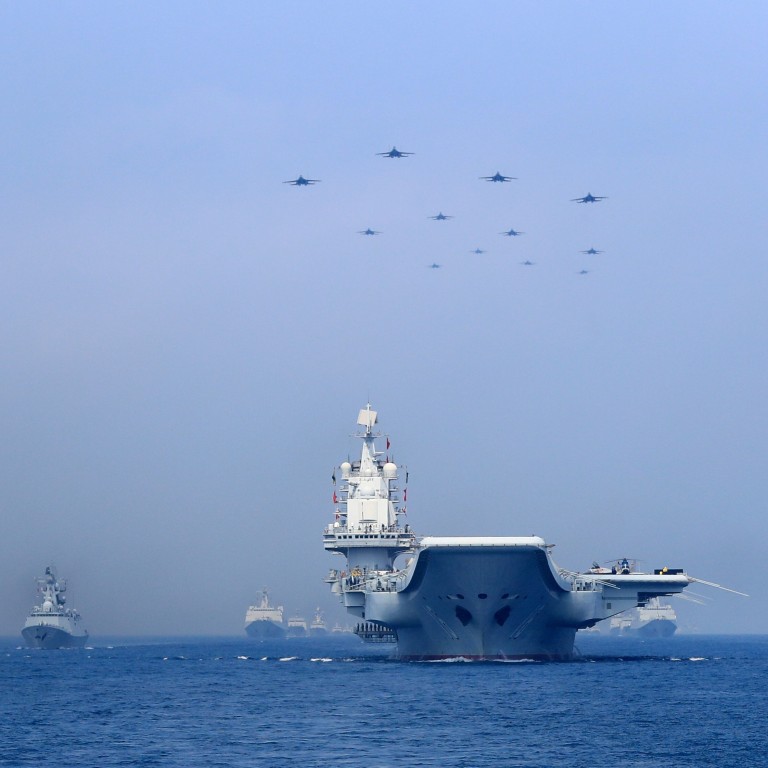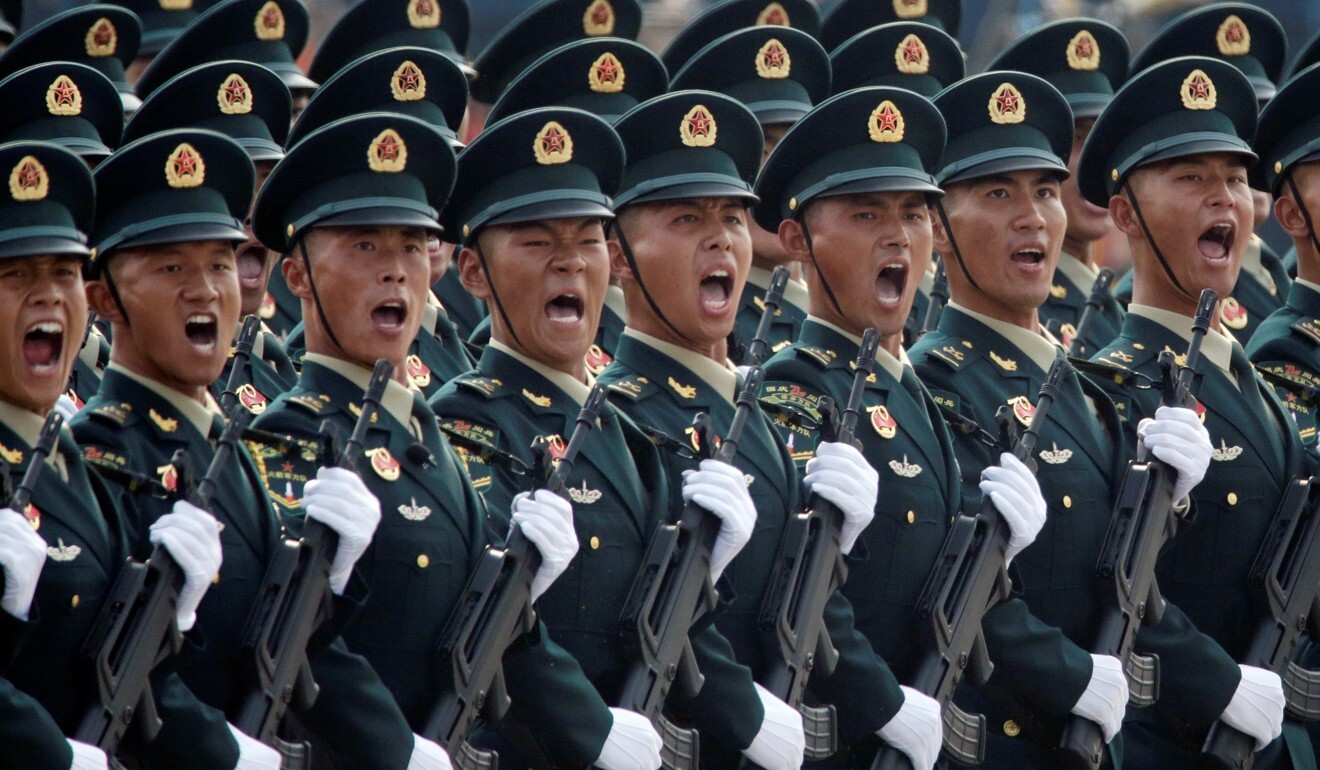
As China’s military confidence grows, it’s now looking to ‘design’ how war is fought
- Official publication highlights strategic shift to become more proactive in seeking to shape military events
- That could push neighbours and the US to try to counterbalance its moves and prepare for a ‘pre-war period’, analysts say
China is expected to become more proactive in seeking to shape military events as its technology advances instead of following other powers, according to analysts.
But a shift to pre-emptive planning could push China’s neighbours in the Indo-Pacific and the United States to try to counterbalance its moves and possibly prepare for a “pre-war period”, they said.

Song Zhongping, a former instructor with the PLA’s Second Artillery Corps, said the emphasis on “designing” war indicated that China would focus more on developing weapons for how it saw a future conflict may be waged, and in areas where other nations lacked strength.
“In past years, [China] has been passive, only responding to the plans of other nations, and the weapons they have,” Song said. “If we can get the upper hand in terms of how a war is fought and develop our strategy, then other nations will follow.”
One area would be developing drones to ensure different types of troops were equipped with such weapons, he said.
Why Taiwan may be a key factor in China’s military modernisation plan
It represents a major strategic shift for China’s military, according to analysts.
Malcolm Davis, a senior analyst in defence strategy and capability at the Australian Strategic Policy Institute, said Xu’s wording suggested that China was trying to seize the initiative and position itself to shape military events.
“It could also imply that they seek to assert a military-technological initiative through embracing disruptive innovation in military affairs, perhaps by introducing new approaches and technologies – AI, autonomous systems, hypersonics, space warfare and others – quicker than the US can, to steal an advantage, or open up a bigger advantage in key technology areas,” Davis said.

01:14
Xi Jinping tells marines to focus on ‘preparing to go to war’ in military base visit
China has in recent years boosted research and development of advanced sixth-generation fighter jets, high-energy weapons like laser and rail guns, quantum radar and communications systems, new stealth materials, autonomous combat robots, orbital spacecraft, and biological technologies such as prosthetics and powered exoskeletons.
And according to an August report by the US Congressional Research Service, the days of the PLA lagging well behind the US in military technology are long gone. It said China was the US’ strongest rival in cutting-edge military technologies such as artificial intelligence and quantum computing.
Michael Raska, an assistant professor with the S. Rajaratnam School of International Studies at Nanyang Technological University in Singapore, said China had become more confident as its technological power has grown.
“With its growing military-technological development, the PLA is changing patterns of operational planning based on its own assessment of future conflicts,” Raska said.

02:31
The growth of Chinese military power over the past four decades
That would include mapping strategic opponents, identifying geographic focal points for deployment, and general operational principles for the use of force in future wars, he said.
But Davis said other countries in the region as well as the US could be expected to react to such moves.
“If China pursues this, [we can] expect China’s neighbours in the Indo-Pacific region and the United States to seek to counterbalance Chinese moves and ensure that not only is China’s first strike advantage neutralised or minimised, but potentially reversed,” he said, adding that they could also be forced to prepare for a “pre-war period”.
However, Raska noted that it would be challenging for China to achieve the change in approach since the “PLA’s military-technological gaps still linger”.

